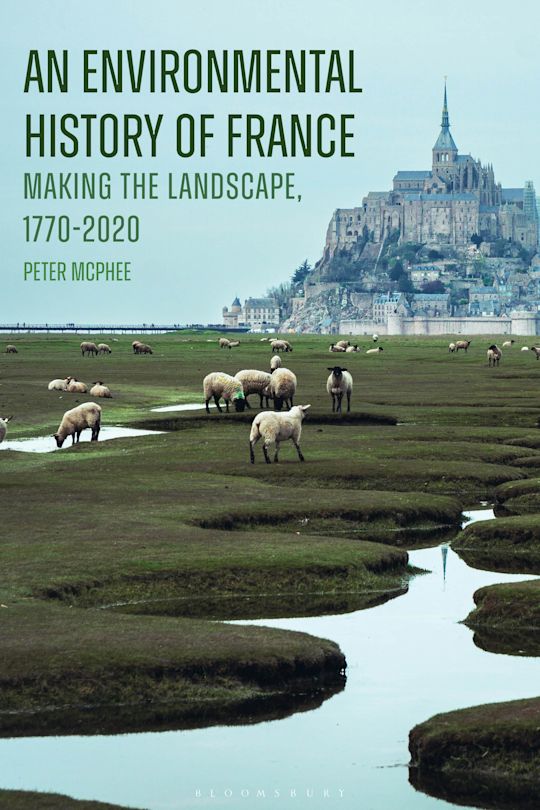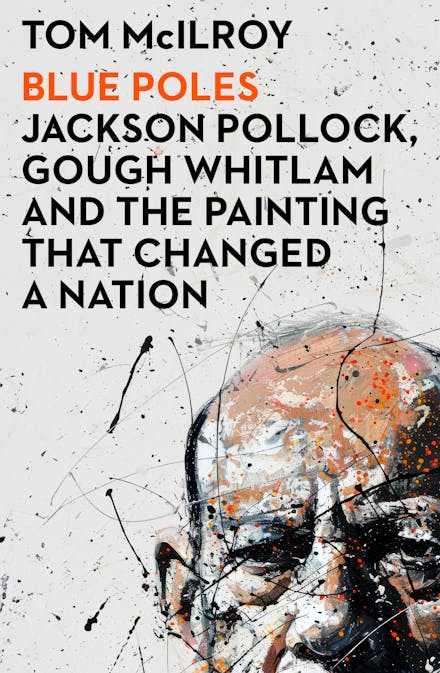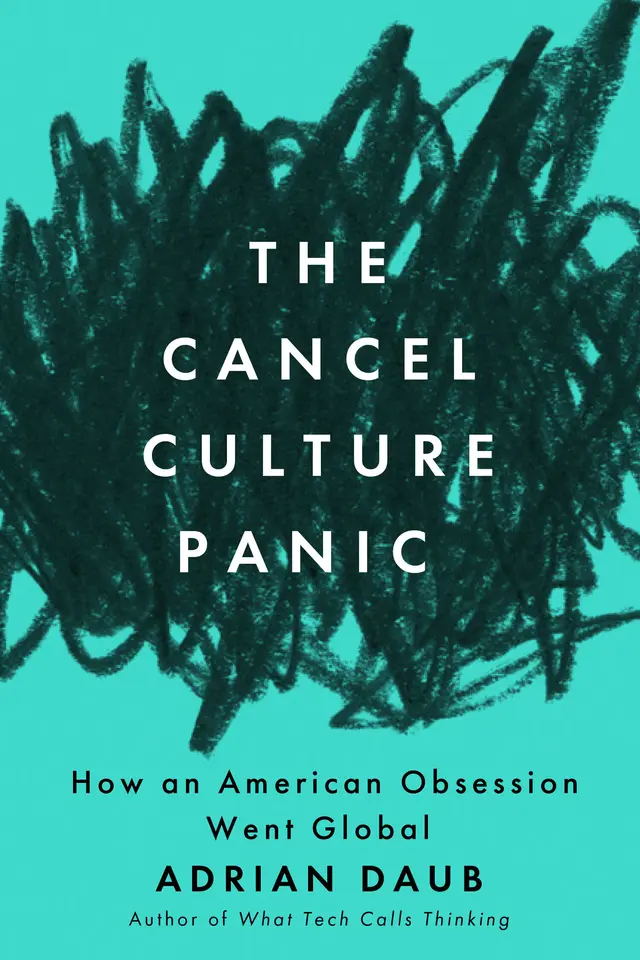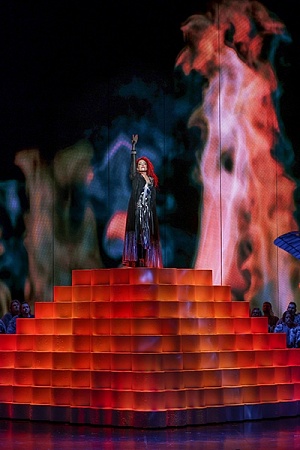Our Man in Havana (Lyric Opera of Melbourne)
I hope no one from Australia's various intelligence agencies is reading this, or they may be affronted. But for me, Our Man in Havana, Graham Greene's purported black comedy about an ingenious vacuum cleaner salesman deceiving Britain's MI6, has a marvellous ring of verisimilitude.
Indeed Greene, who worked for the spy agency for a while, got the idea from agents in wartime Portugal sending back to Germany completely fictitious reports which earned them expenses and bonuses to complement their salaries. Not only did his novel presciently anticipate the Cuban Missile Crisis four years later, but also other spectacular intelligence failures such as the missing weapons of mass destruction behind the second Iraq war.
Continue reading for only $10 per month. Subscribe and gain full access to Australian Book Review. Already a subscriber? Sign in. If you need assistance, feel free to contact us.















Leave a comment
If you are an ABR subscriber, you will need to sign in to post a comment.
If you have forgotten your sign in details, or if you receive an error message when trying to submit your comment, please email your comment (and the name of the article to which it relates) to ABR Comments. We will review your comment and, subject to approval, we will post it under your name.
Please note that all comments must be approved by ABR and comply with our Terms & Conditions.